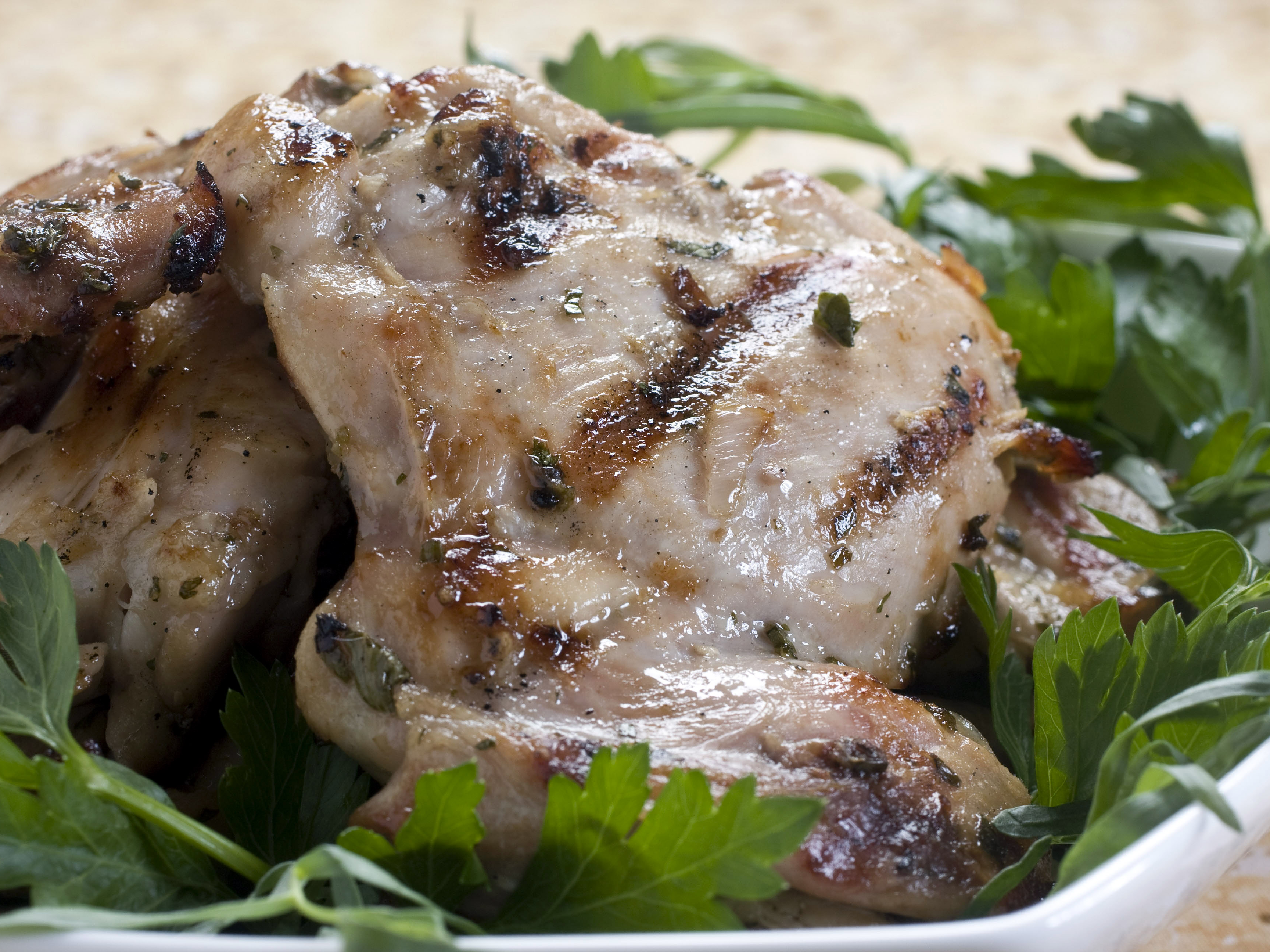Summary List Placement
Chicken is one of the most common ingredients in kitchens around the world – millions of us eat it for dinner at least once a week.
If that’s you, you may be familiar with the classic techniques to make sure you don’t get sick: check it’s not pink on the inside, check the texture of the meat has long, thin strands, and make sure the juices are clear, not pink.
But those popular methods are riskier than you might think, and often do leave some lingering pathogens that can cause foodborne illness, according to research published April 29 in the Public Library of Science journal PLOS ONE.
Researchers from three Norwegian universities asked 3,969 European households from five countries (France, Norway, Portugal, Romania, and the UK) about how they cook chicken. They also video-recorded an additional 75 households cooking chicken.
Half of the people studied used two techniques: They cooked it for a certain amount of time, and checked the color of the meat internally. Just under half of participants also looked at the outside color of the meat, and assessed the texture to determine whether it was thoroughly and evenly cooked.
But when the researchers tried those cooking methods in the lab they found they often left traces of Salmonella - a type of bacteria that causes food poisoning - on the chicken.

Bacteria were able to survive on the meat even after the color of the meat suggested it was done, researchers found. Similarly, active pathogens (again, like Salmonella) were found on chicken cooked until the juices ran clear (a common indicator of "doneness").
One of the more effective methods was judging the internal texture of the meat. However, it wasn't always reliable, the study found, and could be highly subjective and difficult to define.
A meat thermometer can help, but your best bet is to heat all the surfaces of the meat
If you're diligent, you may use a meat thermometer to make sure your chicken is cooked, although researchers found that most people weren't keen on that method (only one household out of the 75 they video-taped used one).
And, although that's the method the World Health Organization recommends, they found it's not a sure bet either.
Pathogens were able to survive on surfaces of the meat that weren't in contact with the frying pan, even on chicken cooked to an internal temperature of 158 degrees Fahrenheit (70 degrees Celsius).
"We were surprised to find that these recommendations are not safe, not based on scientific evidence and rarely used by consumers," Dr. Solveig Langsrud, lead author of the study and senior scientist at the Norwegian Institute of Food, Fisheries and Aquaculture Research, said in a press release.
Langsrud and the other authors concluded that more research is needed to help prevent food poisoning, with 600 millions cases of food poisoning reported worldwide every year, according to the World Health Organization.
For now, Langsrud said, people cooking chicken at home should above all make sure they are cooking all sides of the meat thoroughly and evenly.
"Primarily, consumers should check that all surfaces of the meat are cooked, as most bacteria are present on the surface. Secondly, they should check the core. When the core meat is fibrous and not glossy, it has reached a safe temperature," Langsrud said.
Read more:
If you can't find eggs at the grocery store, here's what experts recommend you use instead
